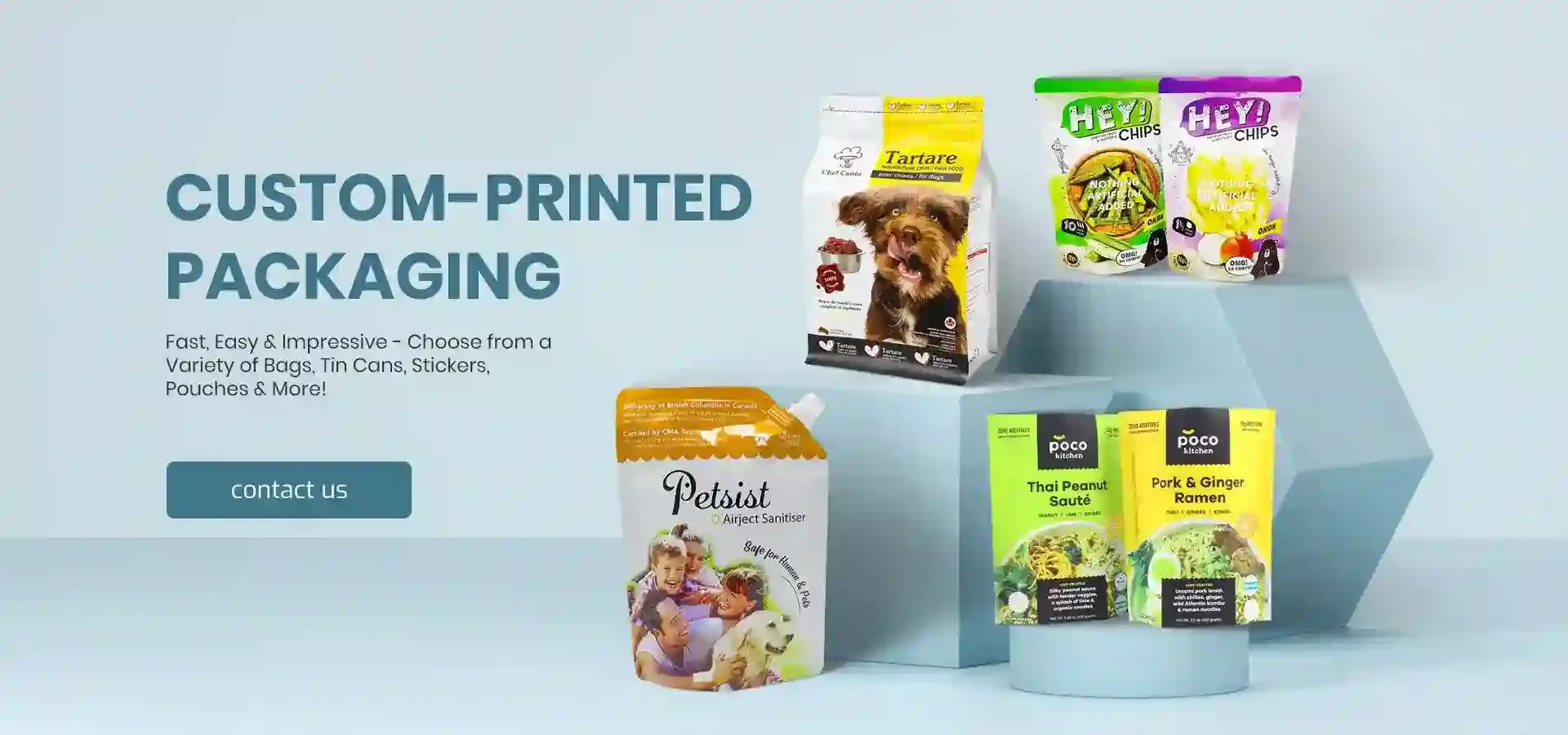- Afrikaans
- Albanian
- Amharic
- Arabic
- Armenian
- Azerbaijani
- Basque
- Belarusian
- Bengali
- Bosnian
- Bulgarian
- Catalan
- Cebuano
- chinese_simplified
- chinese_traditional
- Corsican
- Croatian
- Czech
- Danish
- Dutch
- English
- Esperanto
- Estonian
- Finnish
- French
- Frisian
- Galician
- Georgian
- German
- Greek
- Gujarati
- haitian_creole
- hausa
- hawaiian
- Hebrew
- Hindi
- Miao
- Hungarian
- Icelandic
- igbo
- Indonesian
- irish
- Italian
- Japanese
- Javanese
- Kannada
- kazakh
- Khmer
- Rwandese
- Korean
- Kurdish
- Kyrgyz
- Lao
- Latin
- Latvian
- Lithuanian
- Luxembourgish
- Macedonian
- Malgashi
- Malay
- Malayalam
- Maltese
- Maori
- Marathi
- Mongolian
- Myanmar
- Nepali
- Norwegian
- Norwegian
- Occitan
- Pashto
- Persian
- Polish
- Portuguese
- Punjabi
- Romanian
- Russian
- Samoan
- scottish-gaelic
- Serbian
- Sesotho
- Shona
- Sindhi
- Sinhala
- Slovak
- Slovenian
- Somali
- Spanish
- Sundanese
- Swahili
- Swedish
- Tagalog
- Tajik
- Tamil
- Tatar
- Telugu
- Thai
- Turkish
- Turkmen
- Ukrainian
- Urdu
- Uighur
- Uzbek
- Vietnamese
- Welsh
- Bantu
- Yiddish
- Yoruba
- Zulu
Supplies for Efficient Blister Packaging Solutions and Materials
Exploring Blister Packaging Supplies A Comprehensive Overview
Blister packaging is a popular form of packaging that has gained significant traction across various industries, including pharmaceuticals, consumer goods, electronics, and food products. This method of packaging involves sealing products between a pre-formed plastic blisters and a backing, typically made of paper or aluminum. The optimal blend of protection, visibility, and convenience makes blister packaging a preferred choice for many manufacturers. In this article, we'll delve into the essentials of blister packaging supplies, the materials used, its benefits, and current trends impacting the industry.
Understanding Blister Packaging
Blister packaging consists of two main components the blister and the backing. The blister is usually made from thermoformable plastic such as PVC, PET, or OPS, while the backing provides structural support and barrier protection. This versatile packaging solution is predominantly used for products like tablets, capsules, batteries, and small hardware items.
Key Advantages of Blister Packaging Supplies
1. Protection and Safety One of the most significant advantages of blister packaging is its ability to protect products from environmental factors, moisture, and tampering. For pharmaceuticals, compliance with safety regulations is paramount; blister packs ensure that each dose remains uncontaminated until use.
2. Visibility and Presentation Blister packaging offers excellent product visibility, allowing consumers to see the actual item before purchase. This transparency can enhance the appeal of the product on retail shelves, making it easier for customers to make informed choices.
3. Portability and Convenience Blister packs are lightweight and compact, making them ideal for modern consumers who value convenience. They are easy to transport and store, reducing the bulk in packaging and allowing for efficient distribution.
4. Customization Manufacturers can customize blister packaging in various ways, including shapes, sizes, and colors. This flexibility helps businesses tailor their packaging to match brand aesthetics and meet specific market needs.
blister packaging supplies

Materials Used in Blister Packaging
Blister packaging supplies typically involve several materials. The most commonly used plastics, PVC (polyvinyl chloride) and PET (polyethylene terephthalate), are favored for their durability and ease of forming. Aluminum is often used for the backing due to its excellent barrier properties and ability to maintain product integrity over time. Additionally, paperboard can be incorporated for enhanced rigidity and branding options.
Trends Shaping the Blister Packaging Industry
As consumer preferences evolve, so do blister packaging supplies. Several trends are shaping the future of this packaging method
- Sustainability An increasing demand for environmentally friendly packaging materials is pushing manufacturers to explore biodegradable and recyclable options. Companies are investing in sustainable materials that do not compromise on quality or functionality.
- Smart Packaging Innovations in technology are leading to the development of smart blister packaging. This includes features like QR codes for product information, tamper-evidence seals, and moisture indicators to enhance user experience.
- Enhanced User Experience There is a growing emphasis on designing blister packs that are easier to open, especially for seniors and children. Companies are focusing on ergonomic designs that minimize frustration when accessing the product.
Conclusion
In summary, blister packaging supplies play a critical role in various sectors by providing protection, visibility, and convenience for consumers. As trends towards sustainability and technological advancements continue to shape the industry, manufacturers must adapt to meet the evolving demands of the market. By investing in innovative and eco-friendly blister packaging solutions, businesses can enhance their brand image while ensuring the safety and satisfaction of their customers. The journey of blister packaging is far from over; as we move forward, it will undoubtedly continue to evolve and improve, making it an indispensable part of modern manufacturing and consumer experiences.













